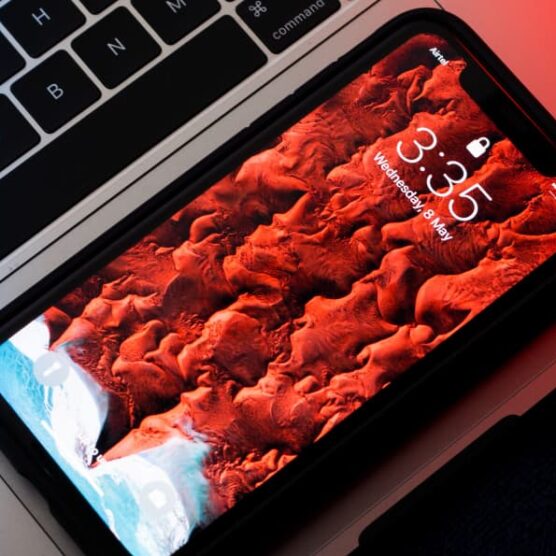How Long Does it Take to Create a Simple iOS App?

Creating an iOS app can be an exciting project, whether it’s for personal use or for a business. However, many people wonder how long it takes to create a simple iOS app. The answer depends on various factors, such as the complexity of the app, the experience of the developer, and the resources available. In this article, we’ll explore how long it typically takes to create a simple iOS app, and what factors can affect the timeline.
Defining a “Simple” iOS App
Before we dive into the timeline, it’s important to define what we mean by a “simple” iOS app. Generally speaking, a simple app would be one that has a limited set of features and a straightforward user interface. For example, a calculator app or a to-do list app would be considered simple. On the other hand, a social media app or a mobile game would be considered more complex.
Timeline for Creating a Simple iOS App
Assuming that we’re creating a simple iOS app, how long can we expect the development process to take? Here’s a rough timeline of the various stages involved:
Planning and Design (1-2 weeks)
Before any code is written, it’s important to spend some time planning and designing the app. This involves creating wireframes and mockups of the user interface, and defining the features and functionality of the app. Depending on the complexity of the app and the level of detail required, this stage can take anywhere from one to two weeks.
Development (2-4 weeks)
Once the planning and design is complete, the actual development process can begin. This involves writing the code for the app, integrating any necessary APIs or third-party libraries, and testing the app to ensure that it functions correctly. Depending on the complexity of the app and the experience of the developer, this stage can take anywhere from two to four weeks.
Testing and Bug Fixing (1-2 weeks)
Once the app is developed, it’s important to thoroughly test it to identify any bugs or issues. This involves testing the app on a variety of devices and operating systems, and using automated testing tools to identify potential issues. Depending on the complexity of the app and the number of bugs that are identified, this stage can take anywhere from one to two weeks.
Submission and Approval (1-2 weeks)
After the app has been developed and tested, it’s time to submit it to the App Store for approval. This involves creating a developer account, filling out the necessary forms, and submitting the app for review. Depending on the backlog of apps waiting for review, this stage can take anywhere from one to two weeks.
Factors That Can Affect the Timeline
Of course, the timeline outlined above is just a rough estimate, and many factors can affect the actual timeline of creating a simple iOS app. Here are some factors to consider:
Complexity of the App
As mentioned earlier, the complexity of the app is one of the biggest factors that can affect the timeline. A more complex app with more features and a more sophisticated user interface will take longer to develop and test than a simple app.
Experience of the Developer
The experience of the developer is another factor that can affect the timeline. A more experienced developer may be able to write code more quickly and identify and fix bugs more efficiently.
Resources Available
The resources available to the developer can also affect the timeline. For example, if the developer has access to a team of designers or testers, the development process may be faster than if the developer is working alone.
App Store Approval Process
Finally, the App Store approval process can also affect the timeline. If the app is rejected for any reason, it may need to be resubmitted after making necessary changes, which can add to the overall timeline. It’s important to carefully review the App Store guidelines and ensure that the app meets all requirements before submitting it for review.
Tips for Streamlining the Development Process
While there are many factors that can affect the timeline of creating a simple iOS app, there are also steps that can be taken to streamline the development process and ensure that the app is completed as quickly and efficiently as possible. Here are some tips:
Start with a clear plan: Before beginning development, take the time to create a clear plan for the app. Define the features and functionality that are essential, and prioritize them based on importance.
Use existing frameworks and libraries: To save time and ensure that the app is stable, consider using existing frameworks and libraries for common tasks, such as network requests or user interface elements.
Test early and often: Don’t wait until the end of development to start testing the app. Test early and often to identify issues as soon as possible, and fix them before they become bigger problems.
Get feedback from users: Once the app is in a stable state, consider getting feedback from users to identify any usability issues or bugs that may have been missed during testing.
Consider outsourcing: If resources are limited, consider outsourcing some aspects of the development process, such as design or testing, to a third-party provider.
Conclusion
In conclusion, creating a simple iOS app can take anywhere from four to eight weeks, depending on various factors such as the complexity of the app and the experience of the developer. By carefully planning the app, using existing frameworks and libraries, testing early and often, getting feedback from users, and considering outsourcing, it’s possible to streamline the development process and create a high-quality app that meets user needs. With the right approach and a bit of patience, anyone can create a successful iOS app.


